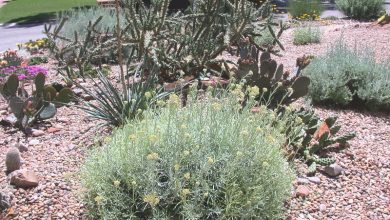My Plant Has Leaf Spots, What Can I Do?
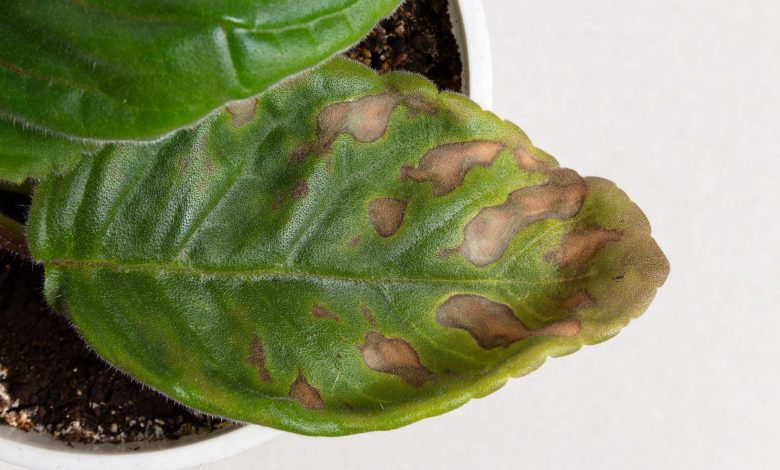
Important facts about spots on the leaves of your plants:
- Leaf spot diseases weaken trees and shrubs by disrupting photosynthesis.
- Most leaf spot diseases only affect a small percentage of the tree’s total leaf area and pose little stress to tree health.
- Leaf spot diseases should be taken seriously if they cause moderate to complete leaf loss two to four years in a row.
- Leaf loss over several consecutive growing seasons can lead to reduced growth and increased susceptibility to pests and other diseases.
- There are many leaf spot diseases that appear on a wide range of native and ornamental trees and shrubs.
- Many leaf spot diseases have similar biology and therefore very similar management options.
Next, we are going to see how to identify the spots on the leaves, what pathogens may be affecting them and, above all, how we can combat them.
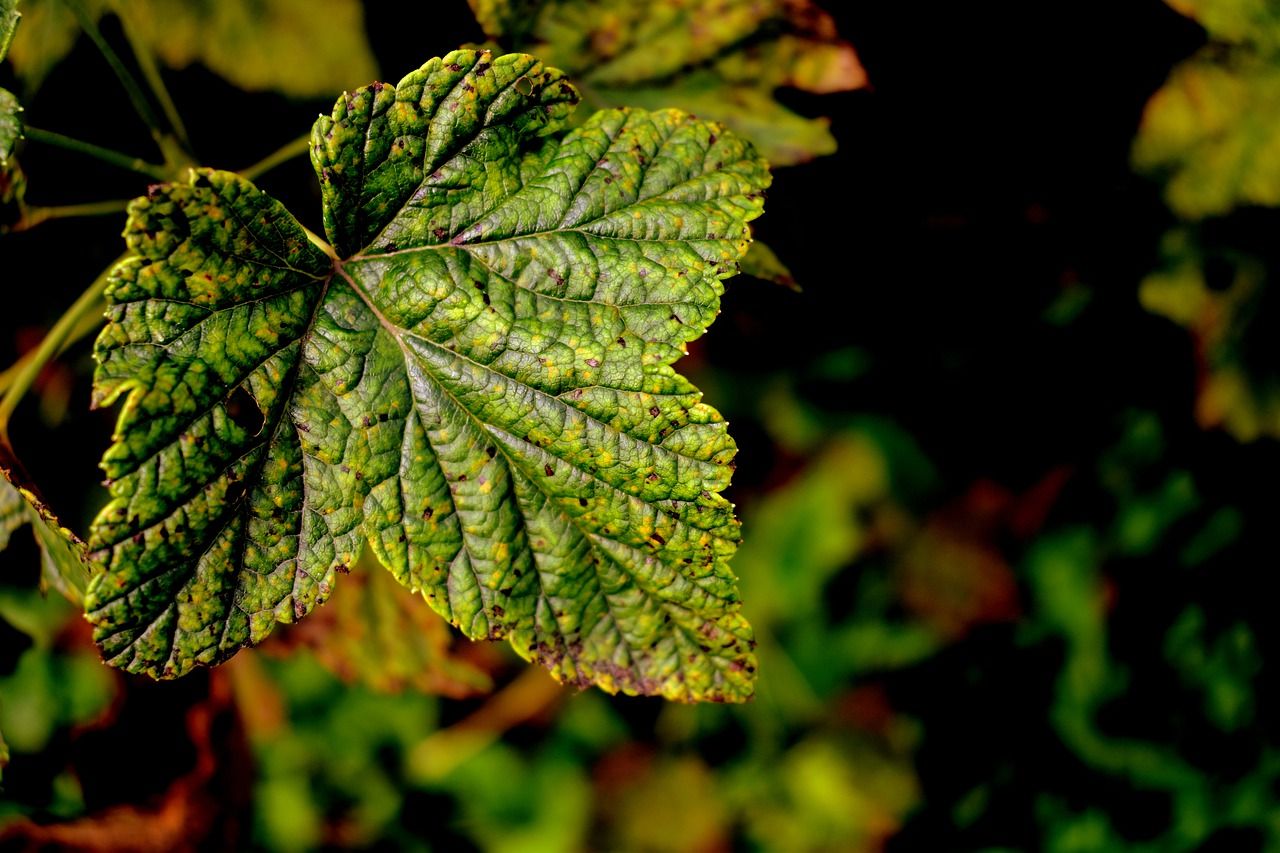
How can we identify and combat spots on the leaves of my plants?
Leaf spot diseases will not seriously harm your plants, but there are things you can do that, taken together, can reduce the disease in your plants considerably and improve their health.
Leaves may show the following symptoms:
- The leaves turn brown and then fall off.
- The tips or margins of the leaves turn brown.
- The leaves turn uniformly yellow, or unevenly yellow.
- The leaves remain green but fall off.
- Leaf spots Loss of variegation.
- Edema.
- Nutrient deficiencies.
- Deformation of the leaves.
Remove fallen leaves in the fall
Rake and destroy fallen leaves before the cold weather sets in, to eliminate places where diseases can survive to reinfect the plant the following growing season.
Don’t plant the plants too close together.
Do not crowd the plants: Take as a starting point the size that the plant will have in its adulthood.
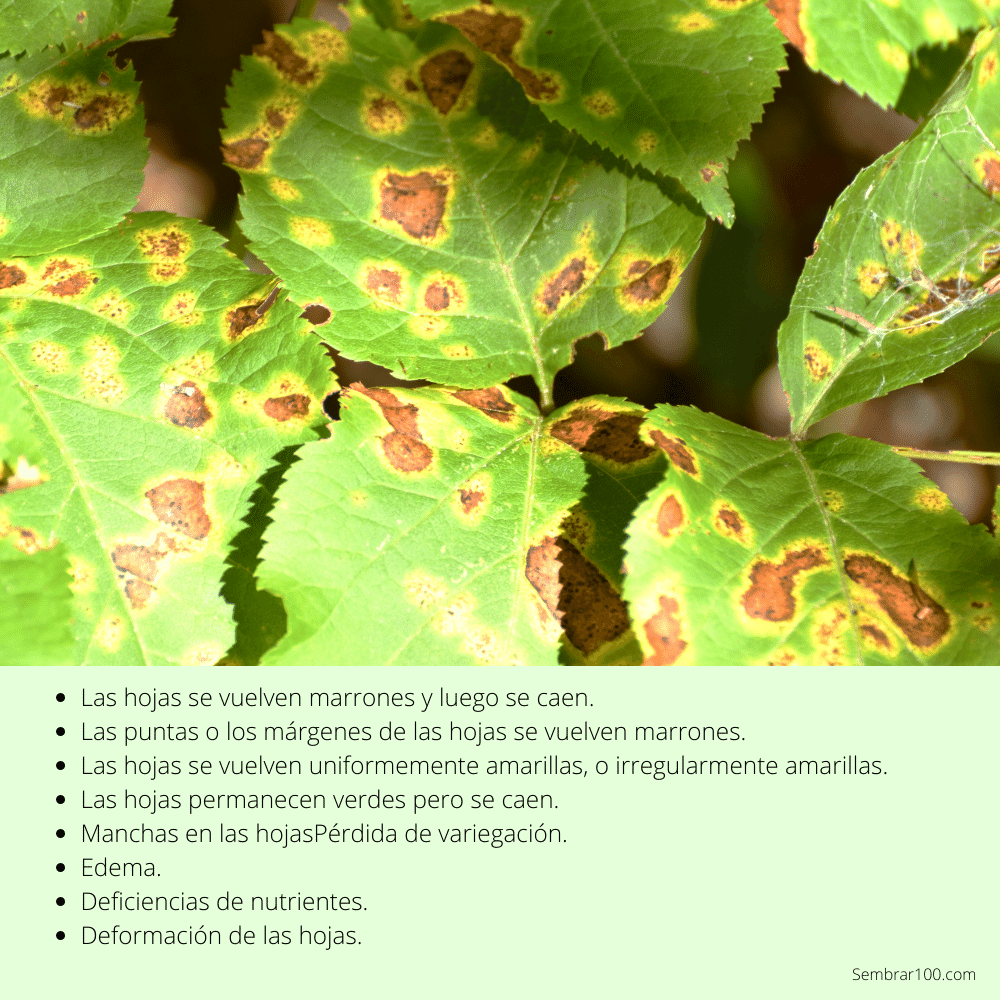
Pruning: Super important!
Prune trees or shrubs to increase light penetration and improve air circulation throughout the canopy.
Wet conditions favor disease, so water trees from the bottom and be careful not to splash water on the leaves. A drip or soaker hose is best for this.
Avoid the sprinklers
Sprinklers are great for certain plants, such as grass.
However, they are caused by many fungi and other pathogens for other plants that have not evolved to be irrigated with sprinklers.
We recommend watering with sprinklers only in the hottest seasons, because in this way we will prevent moisture from accumulating in the leaves of the plants.
Reduce stress on your plants and trees
- Water your plants throughout the growing season so that the top 6 to 8 inches of soil is moist, especially during dry spells in summer.
- Let the soil dry out before watering again.
- Keep a layer of mulch 2 to 3 feet deep around the tree.
- Don’t pile the mulch around the trunk of the tree, but lay a flat layer with at least a 2-inch gap between the mulch and the stem to allow air circulation.
- Reapply the mulch every year and inspect it to make sure levels are maintained.
- Don’t fertilize trees and shrubs suffering from leaf spot diseases unless recommended by a soil test to correct a nutrient deficiency.
Use homemade fungicides
- Fungicides are not necessary unless a tree has lost all its leaves several years in a row.
- Fungicides are protectants and should be applied before leaf symptoms appear.
- The timing of fungicide application may vary depending on the biology of the disease.
- High pressure spray equipment is needed to achieve complete canopy coverage of large trees.
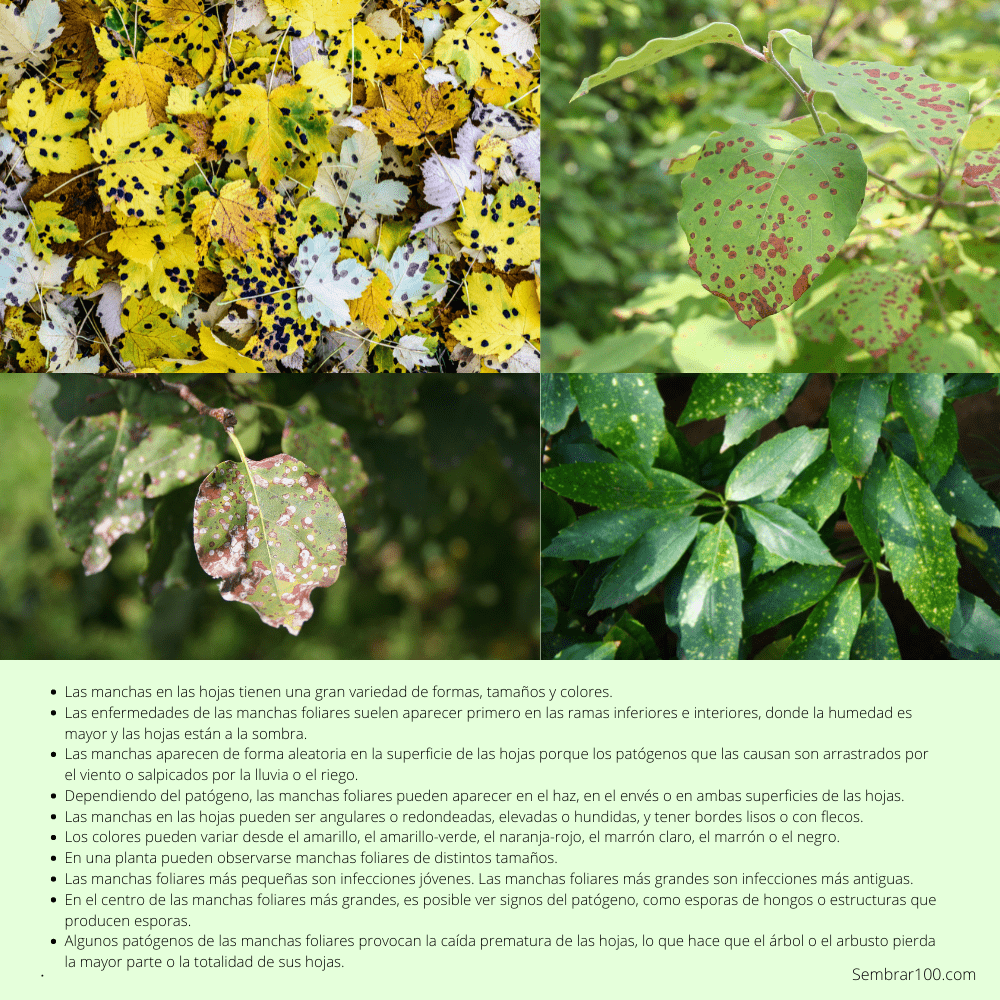
Identification of leaf spot diseases
Most leaf spot diseases are caused by fungi, but some are caused by bacteria or other pathogens.
Many pathogens are host specific and only cause disease in trees of the same family.
Almost all trees and plants are susceptible to one or more leaf spot diseases.
- Leaf spots come in a wide variety of shapes, sizes, and colors.
- Leaf spot diseases usually appear first on the lower, inner branches, where the humidity is higher and the leaves are shaded.
- The spots appear randomly on the surface of the leaves because the pathogens that cause them are blown by the wind or splashed by rain or irrigation.
- Depending on the pathogen, leaf spots can appear on the upper, lower or both surfaces of the leaves.
- Leaf spots can be angular or rounded, raised or sunken, and have smooth or fringed edges.
- Colors can range from yellow, yellow-green, orange – red, light brown, brown, or black.
- Leaf spots of different sizes can be observed on a plant.
- The smaller leaf spots are young infections. Larger leaf spots are older infections.
- In the center of the larger leaf spots, it is possible to see signs of the pathogen, such as fungal spores or spore-producing structures.
- Some leaf spot pathogens cause premature leaf drop, causing the tree or shrub to lose most or all of its leaves.
Life cycle of leaf spot pathogens

The pathogens that cause leaf spot diseases can overwinter on infected leaf debris.
Some also infect shoots and young branches.
During the growing season, wind and rain carry pathogen spores to susceptible plant tissue and spread the disease throughout the canopy.
Most leaf spot diseases require water on the leaves or ample moisture for an extended period of time (12-24 hours) to initiate an infection.
Leaf spots usually mature in one to two weeks.
Mature leaf spots produce spores or bacteria that can spread throughout the canopy, leading to a second set of leaf spots or new infections on other plants.
This cycle of infection and spore production is repeated whenever weather conditions are favourable.
In years with very high humidity or frequent rainfall, leaf spot pathogens can spread throughout the canopy of a tree or shrub and cause serious disease.
Leaf spots and shoot blight or canker
Many leaf spot pathogens are only capable of producing symptoms on leaf tissue. But some leaf spot pathogens can also cause branch blight or cankers.
Smut
The blight supposes a progressive death of the young and green shoots. Leaf spot pathogens that cause death of young shoots do not usually infect older woody branches.
Examples of leaf spot diseases that progress to leaf and shoot blight include Aschochyta blight on lilac and Venturia shoot blight on Populus species such as poplar, aspen, and aspen.
The canker or chancre
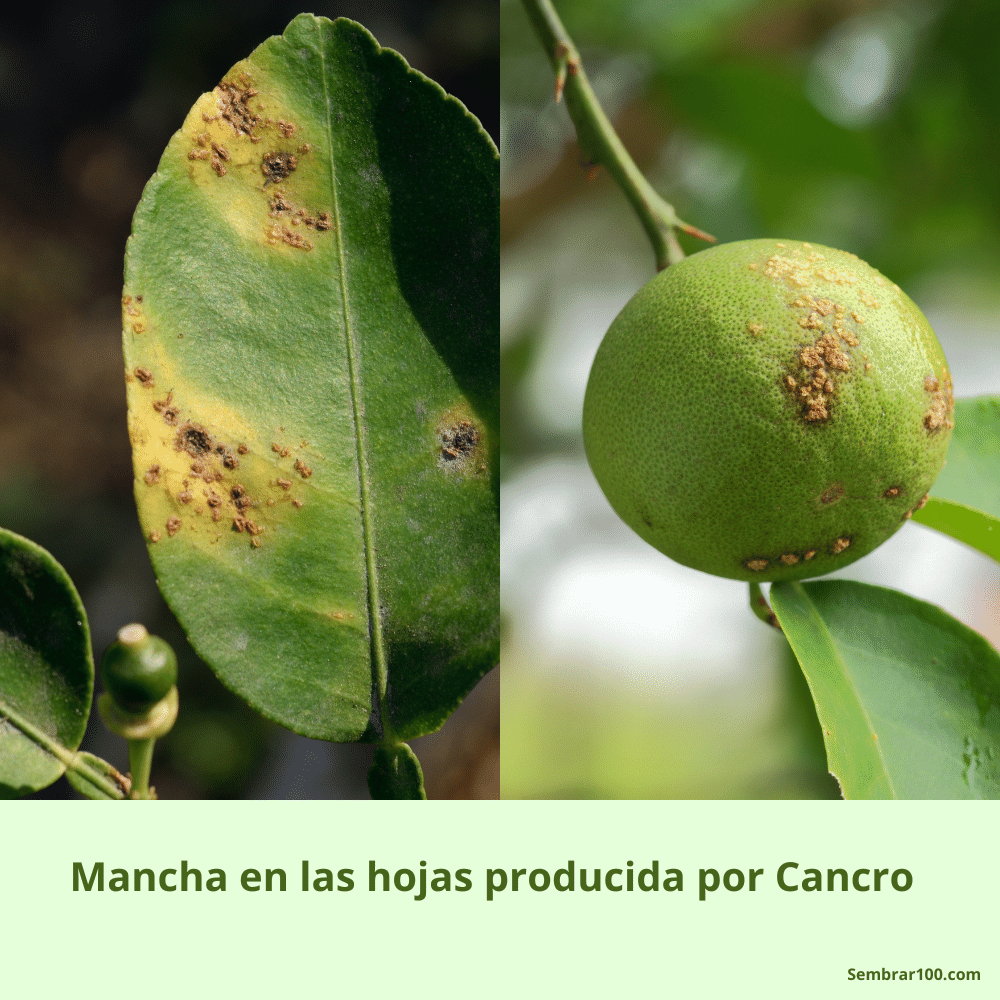
Cankers are infections of the shoots and branches that begin as round or oval discolored areas where the bark has died.
As the infection progresses, the cankers encircle the stem, causing the leaves above the canker to wilt and die.
Branches infected with canker-causing fungi often have discolored bark that may be cracked or ooze dark-colored gum or sap.
Spore-producing structures often arise along the margins or on the face of the cankered area.
For example:Some examples of diseases that cause both leaf spots and cankers in Minnesota are Septoria leaf spot and canker of aspen and Septoria leaf spot and canker of dogwood.
How do we manage these diseases?
- Trees and plants should be carefully examined for discolored areas of bark.
- Infected branches or shoots should be pruned several inches below the visible signs of infection.
- Infected branches should be burned or buried. Very important.
Rust
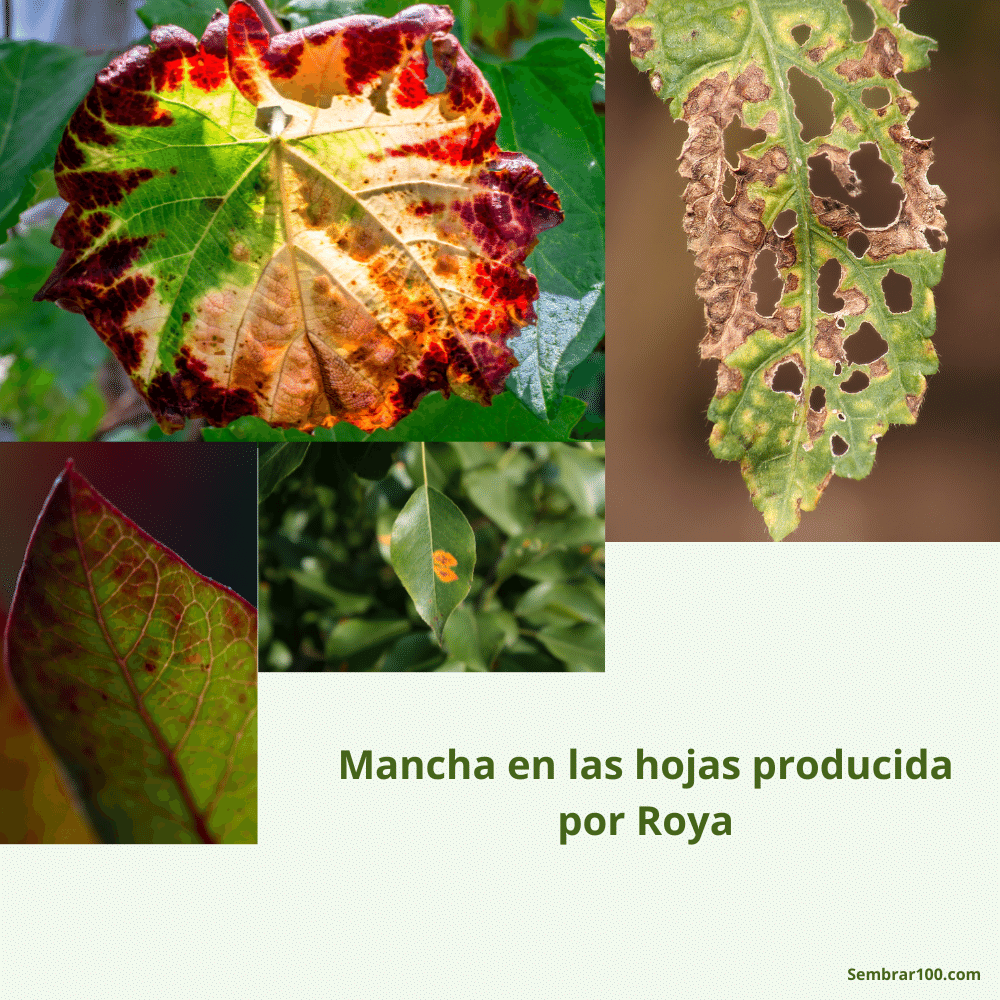
Symptoms of leaf rusts
Rust produces bright yellow, orange, or red leaf spots.
Leaf spots can produce yellow, orange, red, or brown powdery spores that can be easily rubbed off and seen on a tissue or paper towel.
The spores may be in small blisters within leaf spots or may emerge from small cups or tubes on the lower leaf surface.
In some hosts, leaf rust fungi also infect petioles, young green stems, and fruit.
In Minnesota, leaf rust diseases are found on rose bushes, currants and gooseberries, cranberry bushes, apple and crabapple trees, ash trees, hawthorns, and many other deciduous trees and shrubs.
poplar leaf rust
- Leaf rust diseases are caused by a group of related fungi.
- Some rust fungi only need to infect one host plant to complete their life cycle.
- Other rust fungi require two different host plants.
- The most common examples of rust fungi that require two hosts in Minnesota are cedar rust and other rusts caused by the fungus Gymnosporangium.
- These rusts infect plants in the Rosaceae family (eg, roses and apple trees) and also infect species of juniper.
Spores of rust fungi can be airborne over long distances and rust fungi need long periods of wet leaves to initiate an infection.
- To know more: Causes and treatments of Rust.
How do we manage this disease?
- Plant rust- resistant varieties available for certain trees and shrubs.
- Do not plant two different plants that are susceptible to the same rust fungus near each other.
Mildew
Symptoms of mildew
- Mildew infections first appear as light green spots on the top of the leaf that turn brown over time.
- Clusters of delicate white filaments and spores form on the underside of the leaves in wet weather.
- If the leaves are infected when they are young, they can become deformed.
- Downy mildew can be seen on grapes, roses, gooseberries, gooseberries, blueberry bushes, and hackberry bushes.
Cause
Downy mildew is caused by water molds or Oomycetes, which are related to algae.
On trees and shrubs, downy mildew is usually caused by the water molds Peronospora spp. or Plasmopara spp.
Water molds thrive in moist conditions and can be very troublesome in wet years.
Downy mildew is not usually a problem in hot, dry climates.
Management
You can see our complete article on mildew to learn more about how to manage, treat and eliminate it.
Most of the fungicides available to home gardeners are not effective against downy mildew pathogens.

![Photo of Pomegranate Tree: [Cultivation, Care, Irrigation, Substrate, Pests and Diseases]](https://www.complete-gardening.com/wp-content/uploads/2022/08/pomegranate-tree-cultivation-care-irrigation-substrate-pests-and-diseases-390x220.jpg)
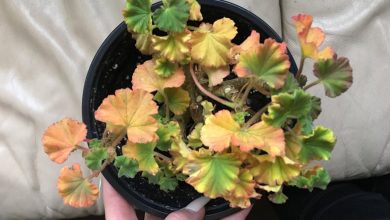
![Photo of Plant Bird’s Nest: [Planting, Care, Irrigation and Substrate]](https://www.complete-gardening.com/wp-content/uploads/2022/08/plant-birds-nest-planting-care-irrigation-and-substrate-390x220.jpg)
